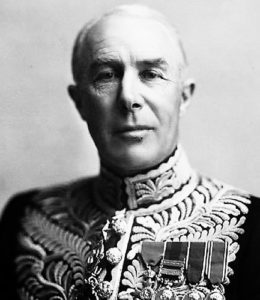A piece from military historian Dr Hamid Hussain. It includes some details (including the role played by Governor George Cunningham, a Scotsman and an “old frontier hand”) about the mobilization of Pakhtun tribesmen to attack Kashmir in 1947, an invasion covered in greater detail in a recent detailed Brownpundits article about the Kashmir war.
Following piece is outcome of several related questions about frontier policy at the time of independence in 1947, order of battle, question of British officers staying in Pakistan etc. It was linked with Kashmir incursion; a fact not noticed by most historians.
Regards,
Hamid
Frontier in 1947
Hamid Hussain

In August 1947, British departed from India after partitioning the country into two independent states. Two pillars of stability; Indian Civil Service (ICS) and Indian army were divided between two countries. Pakistan inherited the north-western frontier of India and its associated tribal question.
A tribal territory under British protection separated Indian administrative border from Afghanistan that in turn served as a buffer state between British India and Tsarist Russia; later Communist Soviet Union. East India Company encountered these tribes after the demise of Sikh Durbar in 1849 when Punjab was annexed. In the next four decades, this relationship evolved over various stages. By 1890s, Afghanistan’s borders were stabilized with demarcation of boundaries with Persia, Russia and British India.